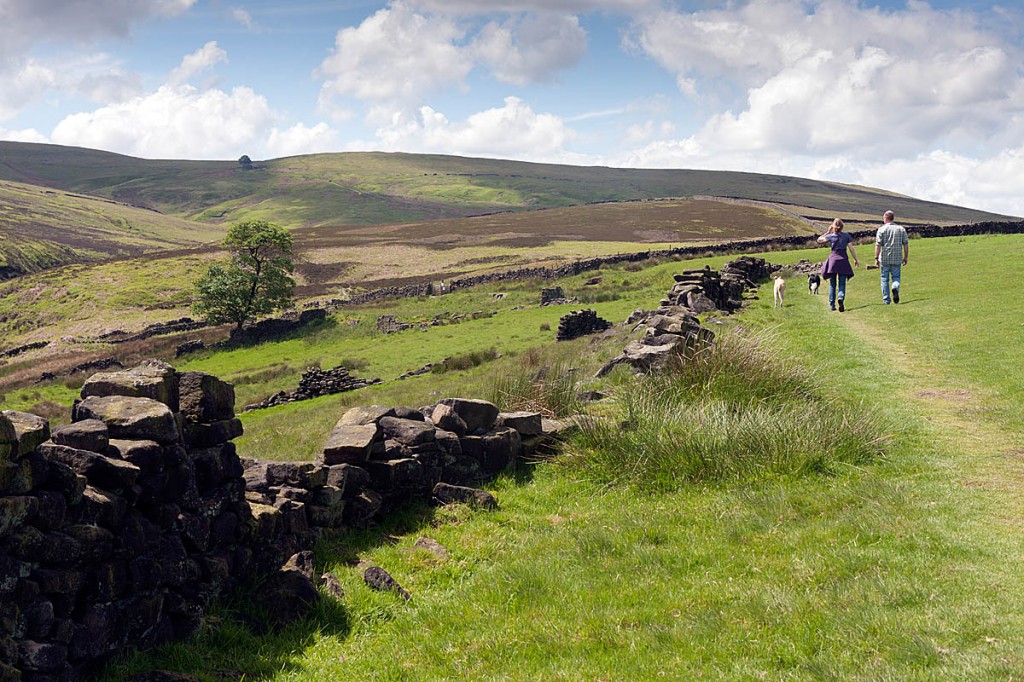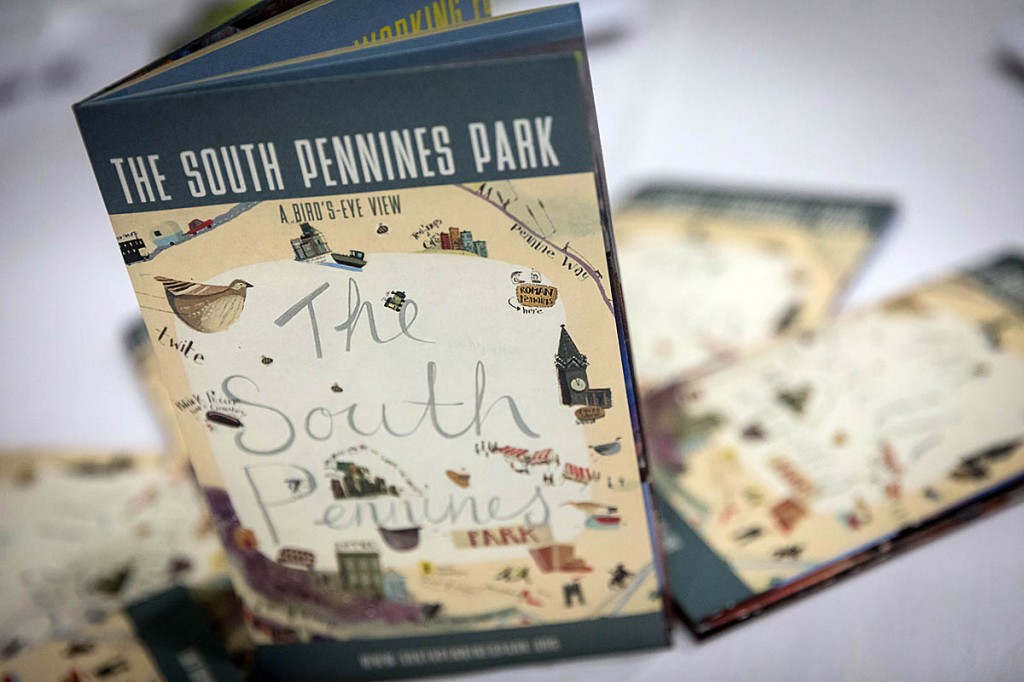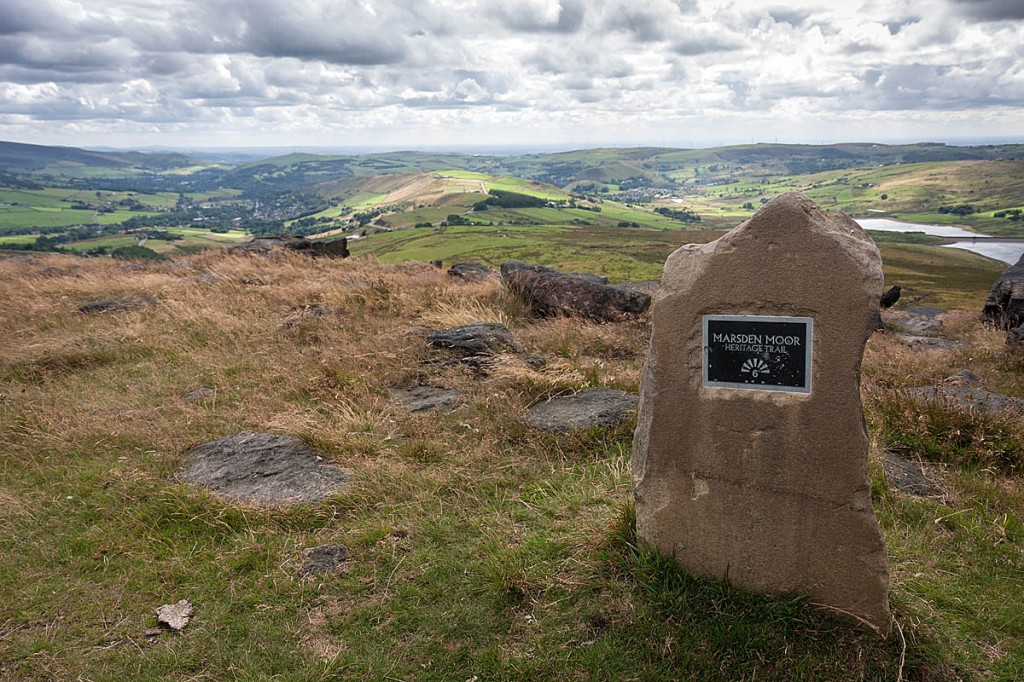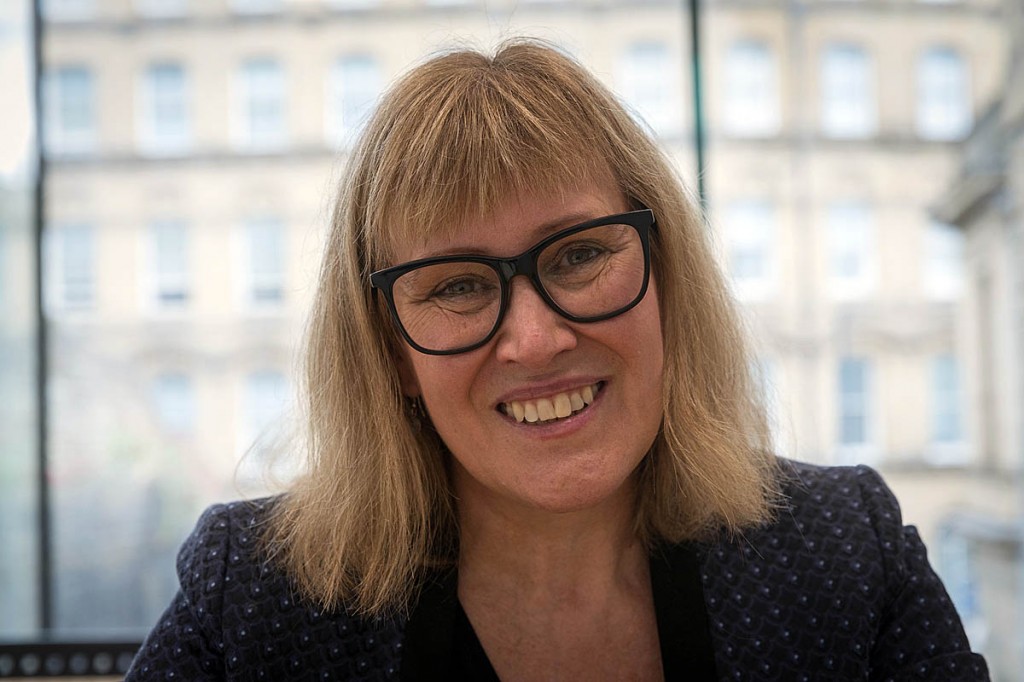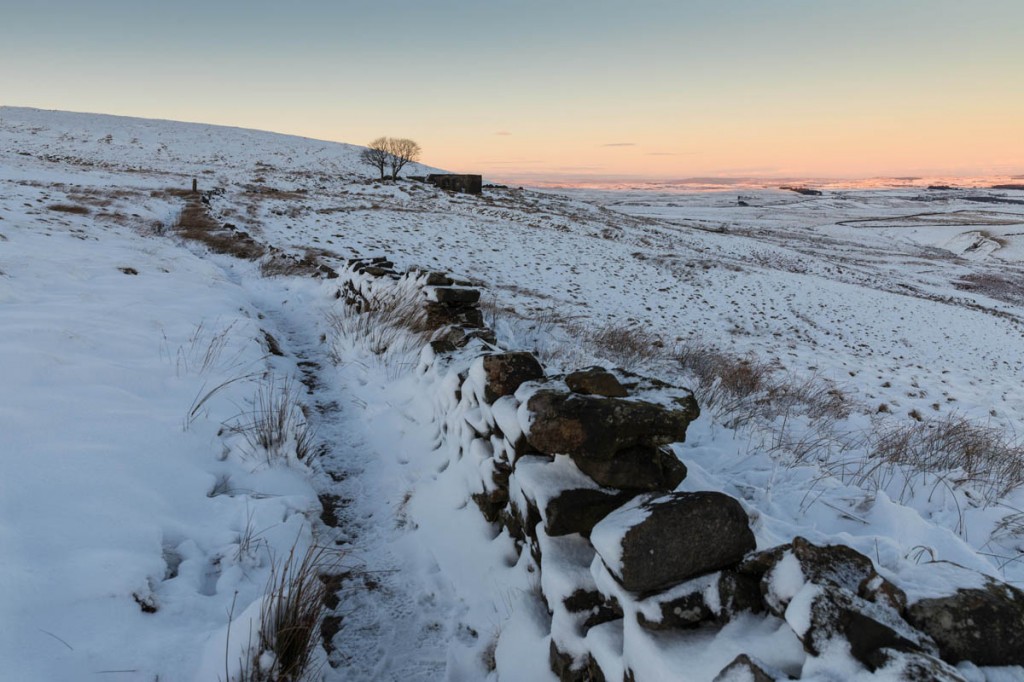In 1945, as Britain began the return to peaceful normality after six years of carnage during the Second World War, the Labour government commissioned Sir Arthur Hobhouse to investigate the setting up of a range of national parks and protected landscapes.
The Hobhouse report laid the ground for legislation that led to the establishment of the country’s first national park, the Peak District. Later the Yorkshire Dales would join the family of national parks, which now numbers 15.
But sandwiched between the Peak and the Dales lay the South Pennines. Despite sharing much of its landscape characteristics with the Dark Peak, the South Pennines was denied the same status, largely on the basis that the area’s industrial heritage and the plethora of cities, towns, villages and hamlets didn’t conform to the idealised rural beauty considered the norm by those responsible for designating the protection afforded by granting national park status, or the lesser conservation designation of area of outstanding natural beauty.
These 460 square miles of northern England remain the only English upland area lacking formal landscape protection.
But now, the South Pennines have been recognised, sort of, with the creation of the South Pennines Park. This new park officially came into being on Friday at a launch in Bradford, West Yorkshire. One speaker described it as a ‘self-appointed’ park; another description was an ‘alternative national park’; others have called it a regional park.
The Glover report commissioned by the Westminster Government to review the future of England’s landscapes called for alternative approaches and the South Pennines Park was praised by report author Julian Glover praised the work being undertaken in the area when he published his paper in 2019.
Pennine Prospects was set up in 2005 as a rural regeneration company and has championed the South Pennines and the organisation morphed into South Pennines Park officially last week.
The South Pennines borders the Peak District to the South, the Yorkshire Dales to the North and also two areas of outstanding natural beauty: Nidderdale and the Forest of Bowland. Major settlements include Ilkley, Skipton, Keighley, Haworth, Bradford, Halifax, Hebden Bridge, Burnley, Todmorden, Accrington, Blackburn, Burnley, Bolton, Rochdale, Huddersfield, and Oldham.
More than 660,000 people live within the loosely defined boundaries of the new park.
Its bosses said the South Pennines Park aims to champion the landscape, its people and businesses to bolster recognition and unlock resources for the only upland in England that is not a designated national park or area of outstanding beauty.
“By doing so, the park will ensure residents and visitors enjoy the positive benefits of being closer to nature,” they said. “It promises to have a new flexible operating model for managing the landscape that gives people a significant voice — a first of its kind in the UK.”
The Department for the Environment, Food and Rural Affairs wasn’t at the launch, but sent a message of support. “This is a fantastic example of what innovative thinking and a proactive partnership approach can achieve,” it said.
Helen Noble is the South Pennines Park chief executive. She said: “What we’re looking to do is create a people-led, nature-focused park. We fit between four protected landscapes.
“What we want to do is join those protected landscape dots and create a landscape and a designation that is renewable. We want people to be part of that decision-making process and that continuous engagement around what they want for the park – that’s people who live here, people who work here, people who come and enjoy the area for itself.
“The South Pennines organisation is going to be the overseer, the convenor. We’re a bit like the conductor, if you like, and we’re going expect our stakeholders and communities to deliver. What we want to do is create a partnership plan that has a vision for this area over the next 15 years, and that’s deliverable, bring everyone together, pool our resources and not compete for the finite grants that are out there.
“The European Landscape Convention mentions that all landscapes have a value and we believe we can value the South Pennines Park without being bound by legislation framework. We think, people-led, we can get a consensus and build an incredible park. It’s got so much going for it.
“There’ a plethora of expertise out in the South Pennines, not only conservation, upland management, but also the arts, working communities, heritage. All of that, we want to bring together.
“We’re looking at developing three five-year action plans, not set in stone – something that can evolve and adapt to the changing world and our changing landscape. So very agile, something that is flexible.
“It’s a brand-new way of approaching looking after our landscape.”
Unlike national park authorities, the governing structure of the South Pennines Park is small. “As an organisation, we have a very small board, currently three,” Ms Noble said. “We’re going to look at building that up to five. We’re a company limited by guarantee, a not-for-profit organisation.
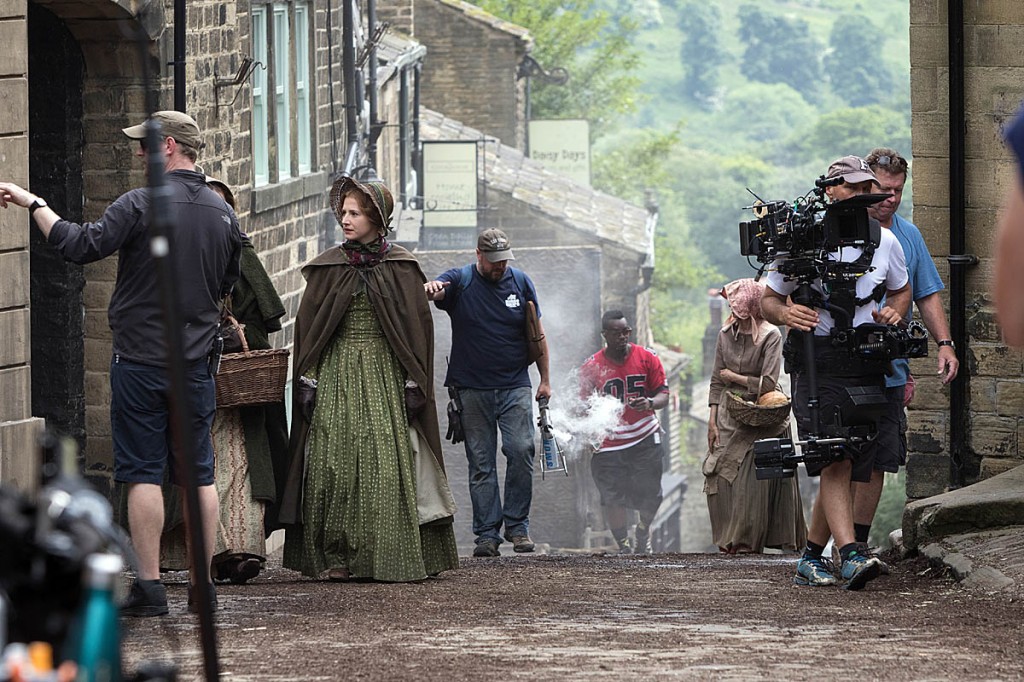
A film crew at work in Haworth, in the park, during production of Sally Wainwright's To Walk Invisible. Photo: Bob Smith/grough
“We won’t have any statutory duties or requirements; we’re not another layer of planning authority – we don’t want that. We’ve got 17 local authorities, all of which are planning authorities as well. But what we do want is to get this landscape of significance recognised within those local plans, for instance. So our role is to influence and build the importance of this landscape to be part of that development plan.
“The other key aspect of that, with those 17 local development plans, the impact beyond their administrative boundaries – we want them to get to think together, so one of the key aspects we want to do is to bring those local and planning authorities together to see how we can connect the South Pennines Park with what they’re doing and what they statutorily have to deliver on that.
“It’s also about the non-statutory services local authorities deliver on our behalf as well, so that getting out there, the health and wellbeing of a nation and opportunities there.”
Former Labour MP Tracy Brabin, who was elected West Yorkshire mayor in May, gave her backing to the new park.
“Launching England’s first undesignated national landscape right on our doorstep, it’s an incredible achievement and opportunity for the whole of the North of England. It also demonstrates us as innovators providing and alternative for others in the UK to follow.”
She said she had just moved to Slaithwaite, near Huddersfield. “I want everybody to be within easy reach of an outstanding, network of high-quality footpaths, cycleways, green spaces, waterways and wildlife habitats. I’ve just taken ownership of an electric bike, so the cycleways are particularly important.
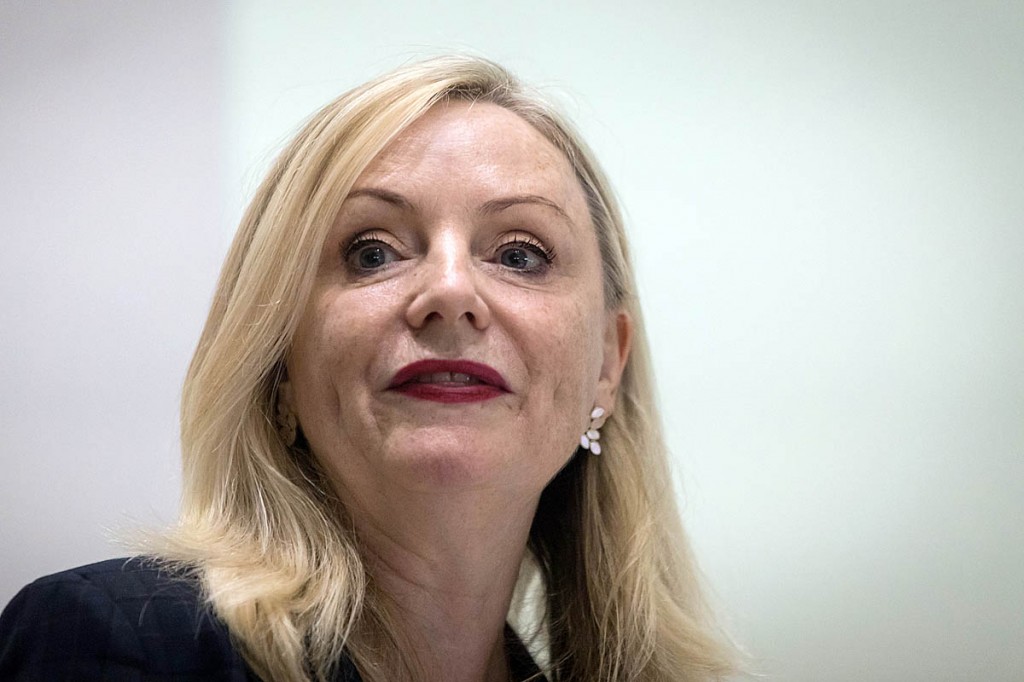
West Yorkshire mayor Tracy Brabin spoke at the launch of the South Pennines Park. Photo: Bob Smith/grough
“One of my greatest priorities is to drive inclusion across everything I do. The last 16 months have been so hard for so many of us. Our economic recovery needs to work for every single person in West Yorkshire. We need to take everybody on this journey with us, taking place in, and connected to the South Pennines Park. Our villages, hamlets, towns and our cities: I want everyone to be able to share the amazing benefits of nature and landscapes.
“I cannot wait to be in my trainers, in my walking boots and heading out across the South Pennines Park.”
Ms Brabin said responding to climate change was crucial. “As mayor of West Yorkshire, I’m fully committed to leading our regional response to the climate emergency and protecting our environment. The climate and environment emergency is real and present.
“There’s a great opportunity to empower our leaders to make the most of the South Pennines Park, a major natural asset, to help the economy prosper, enable people to enjoy a great quality of life, to help wellbeing and mental health, combat the effects of climate change and make West Yorkshire a net-zero carbon economy by 2038.”
So what improvements might the outdoor enthusiast see with the creation of the new park?
Ms Noble said: “We have the largest density of rights of way in the country. We have the first national trail the Pennine Way, and the Pennine Bridleway, that sit along our spine. We have an incredible network of canals and riverways and we’re accessible.
“That’s what’s key to us, and what makes us really unique, away from the national parks. We’ve got 53 railway stations. It’s about that integration of transport: getting off a bus or train and connecting to something else so you can get out there. I spoke about bike racks on buses – it’s about bringing partners together to look at how we can deliver this differently.
“Again, it’s about pooling resources: local authorities, 17 countryside teams, all of various shapes and sizes. Wouldn’t it be great if we could pool that together? We’ve got a fantastic volunteer programme – work together, get a park-ranger style of service through volunteers and through working with our colleagues in the local authorities.
“I think the very simplest thing is to remove any barriers, actually go out and ask the users of the South Pennines Park what they need, what they would like to see, what would help things be better. How can we make this easy? What is deterring you from coming? Even those who don’t necessarily physically want to come, it’s being able to access through social media as well. So it’s about taking down barriers as much as we can.
“We already work with the neighbouring national parks and the AONBs. We don’t shout about it enough. The Peak District, Yorkshire Dales and the two AONBs, we come together through the Moors for the Future Partnership, the Yorkshire Dales Peak Partnership. We’ve got Carbon Landscape on the Greater Manchester West Pennine Moors.
“There’s a real collection of other partnerships we’re working with, for instance the guys from Slow the Flow. We are part of the Pennine Way national trail partnership. We’ve got fingers in many pies.
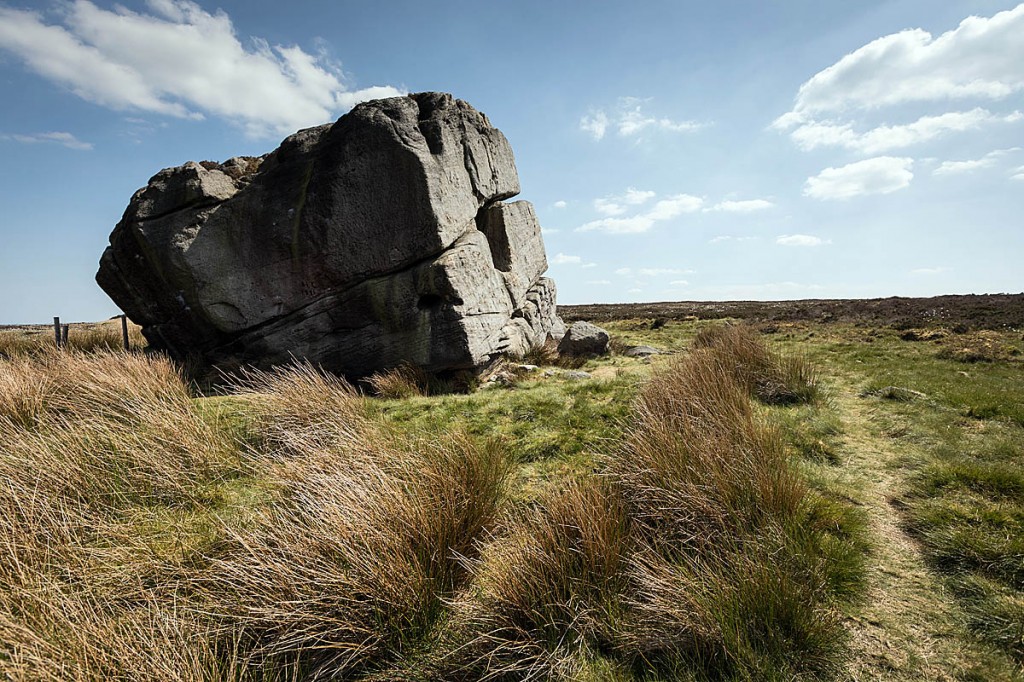
The South Pennines shares landscape characteristics with the Dark Peak. Photo: Bob Smith Photography
“What Glover really stated was that we cannot continue what we have been doing. What we should be doing is complementing and augmenting what we have. Protected landscapes are our precious landscapes and deserve that national support. We don’t want to compete with that; we don’t want to compete for the resources that are out there. We don’t get direct funding from government. We have to go out and find that money and that’s fine. I think we can demonstrate a way of working together to allow us to pool the resources for the benefit of the people and for our landscape.
“The world is changing rather rapidly and we need to be able to meet those challenges and I think this model will allow us to do that. That’s something that Glover highlighted. Let’s look at other models alongside the protected landscapes in particular.”
The launch event at the Kala Sangam centre in Bradford saw the unveiling of the new park logo, a first screening of a showcase film for the area and a performance of an anthem for the park from folk duo O’Hooley and Tidow, most recently famed for their theme to Sally Wainwright’s Gentleman Jack, which is set in the South Pennines.
Much of the South Pennine Park lies within West Yorkshire, with parts in North Yorkshire, Lancashire and Greater Manchester. Its population is more than twice that of all the English national parks combined and more than eight million people live within 30 minutes of the park.
Ms Noble said: “It is an area of stunning scenery; a spectacular ever-evolving landscape that has been moulded and shaped by the people, the packhorses, footsteps of yesteryear; rich in industrial and cultural heritage.”
South Pennines Park is a partnership of councils, conservation bodies, business consortiums and other stakeholders who, it said, will work together to protect the future of the area. It said its establishment will ensure support for cross-boundary working on key projects such as flood protection, tourism, transport, heritage and conservation.
